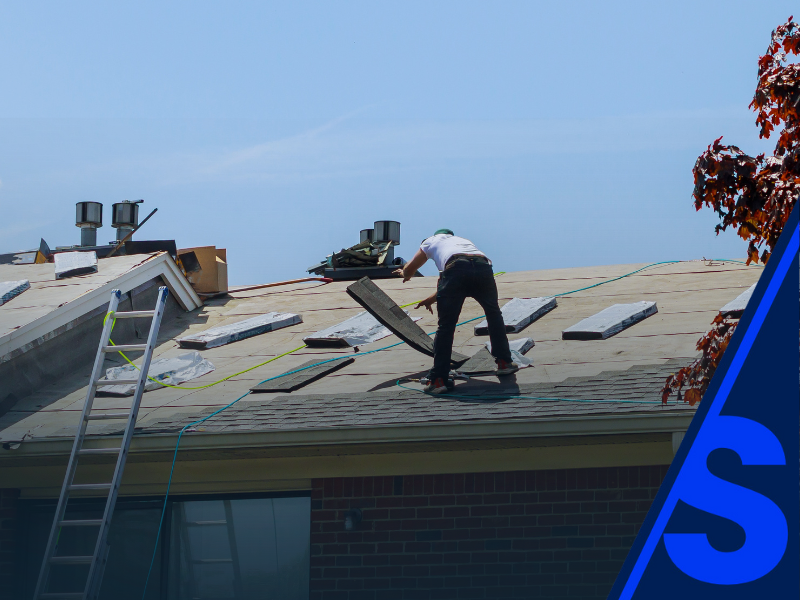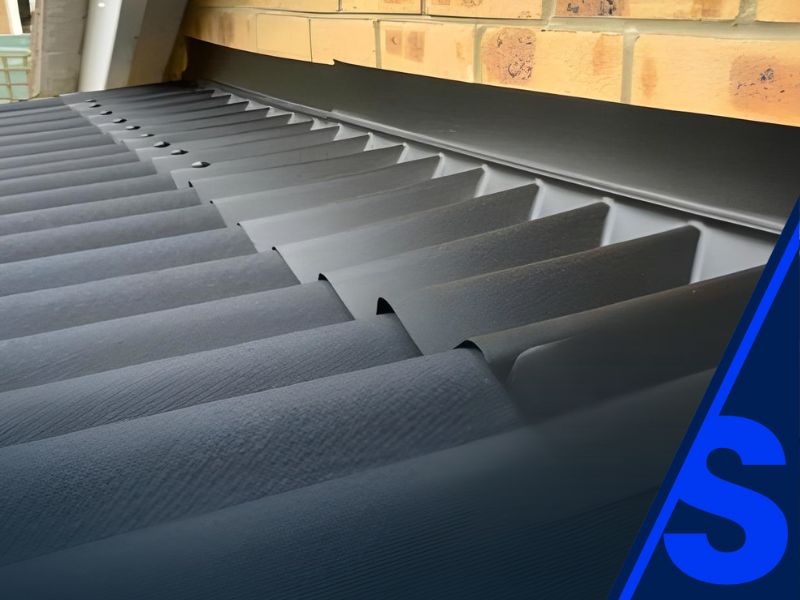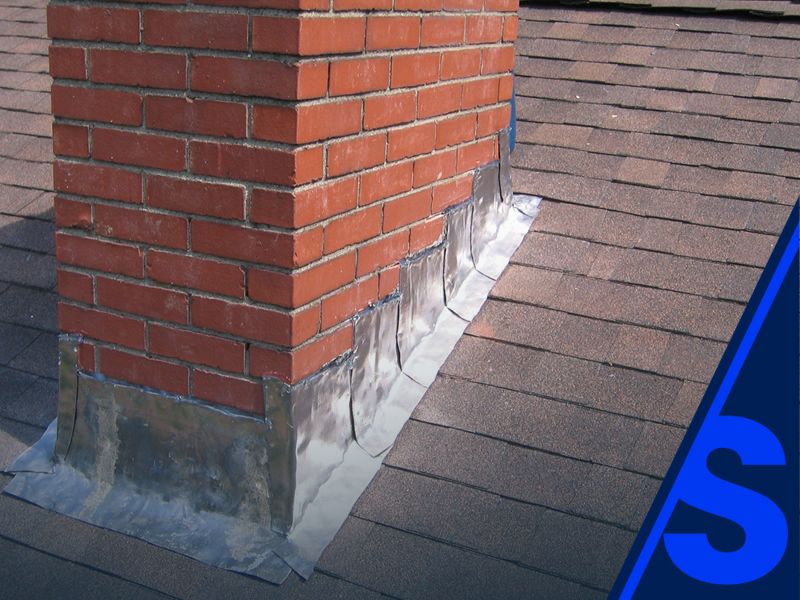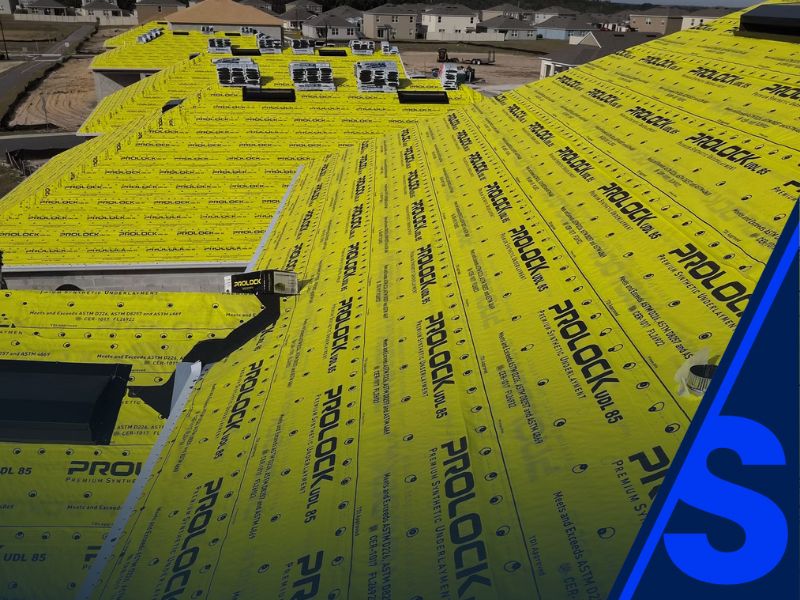Table of Contents
The best eco-friendly roofing materials for large-scale developments include cool roofs, metal roofing, recycled shingles, green roofs, and solar roofing. Each roof material improves durability, energy efficiency, and sustainability while lowering environmental impact. By choosing sustainable roofing materials, developers can reduce energy costs, increase a building’s lifespan, and support environmentally friendly construction practices.
Why Eco-Friendly Roofing Matters in Large-Scale Projects
Sustainable building practices are no longer optional, they’re essential. For large-scale developments, choosing the right roof material is one of the most important decisions in reducing environmental impact and improving energy efficiency. A sustainable roof does more than just cover a building; it helps regulate temperature, reduces energy consumption, and contributes to long-term durability.
This article explores the top eco-friendly roofing materials available today, explains how they work, and highlights why they’re among the best roofing options for commercial buildings and modern developments. If you’re a builder, developer, or property manager, this guide will help you make an informed decision about the perfect roof for your project.
Why Sustainability in Roofing Matters Today
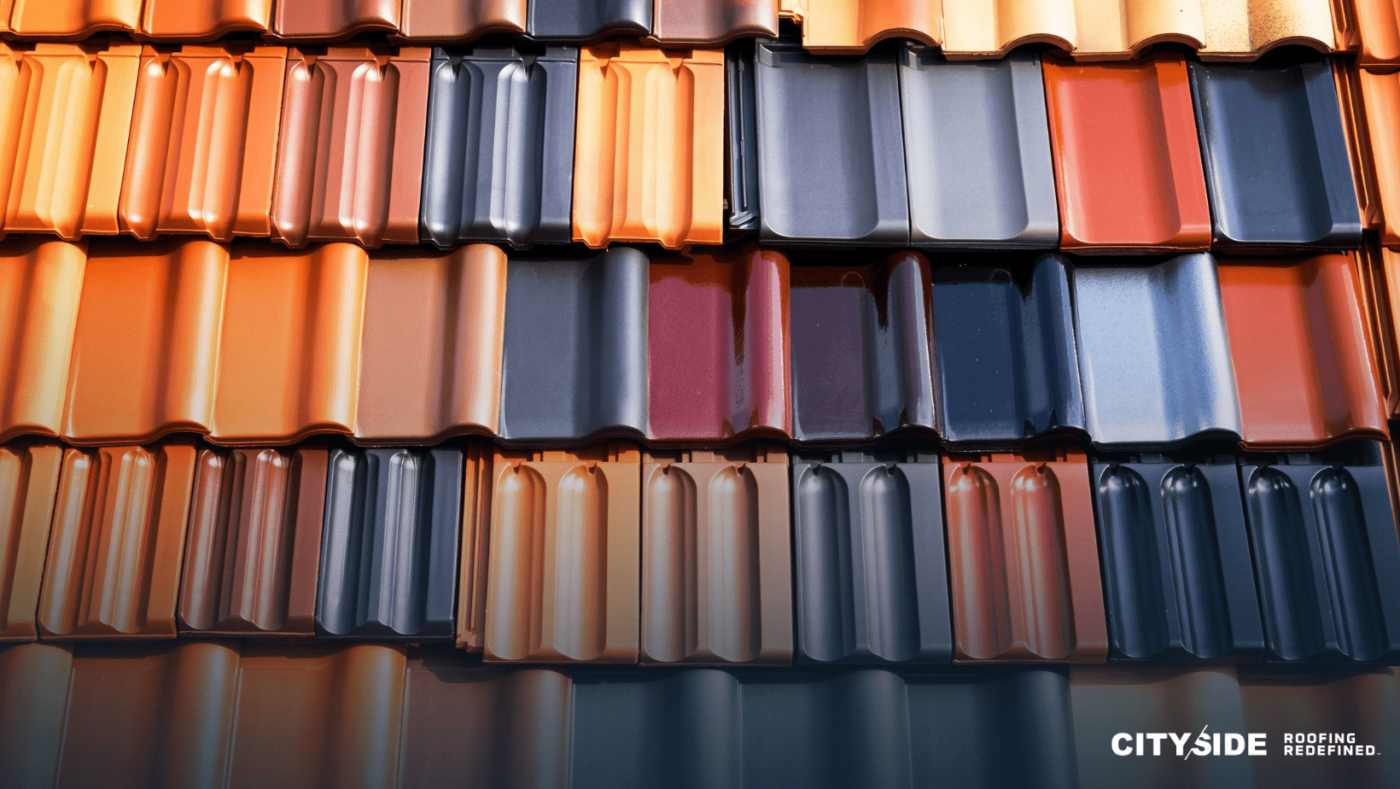
The roofing industry is undergoing a transformation as more builders and developers prioritize sustainability in construction. Traditional roofing relied heavily on common roofing products that consumed large amounts of new raw construction materials and contributed to landfill waste. Today, however, sustainable roofing materials are leading the way toward greener practices in commercial and residential developments.
The push toward sustainable solutions comes from multiple pressures: environmental regulations, rising energy costs, and increasing demand from clients who want an eco-friendly option for their properties. By choosing sustainable roofing materials, developers can reduce long-term expenses, improve building performance, and minimize the environmental impact of their projects.
In large-scale developments, even a small improvement in the efficiency of each roof system can result in significant benefits for energy savings and reduced carbon footprint. For this reason, eco-friendly roofing is no longer just a trend, it’s a core part of modern construction.
How Roof Materials Affect Energy Efficiency and Environmental Impact
The choice of roof material has a direct influence on energy efficiency, building performance, and environmental outcomes. Some roofing options for commercial buildings, like cool roofs and metal roofs, naturally reflect sunlight and reduce energy consumption by lowering indoor cooling needs. Others, like green roofing materials, add natural insulation and even improve surrounding air quality.
- Energy-Efficient Roofs: A reflective cool roof can significantly lower energy consumption during hot Florida summers by keeping buildings cooler. This leads to lower energy bills and reduces strain on HVAC systems.
- Environmental Impact: Sustainable materials such as recycled roofing products or solar tiles directly decrease the reliance on new raw materials while supporting renewable energy generation.
- Sustainability in Scale: For large commercial or multi-family projects, the collective effect of installing energy-efficient roofing systems is substantial, helping meet green building certifications and advancing sustainable building goals.
Ultimately, the materials used in roofing play a dual role: they protect the structure while shaping the sustainability and overall environmental impact of the building. Forward-thinking developers see this not just as a compliance requirement but as an opportunity to set their projects apart with innovative roofing approaches.
Challenges in Adopting Sustainable Roofing Materials
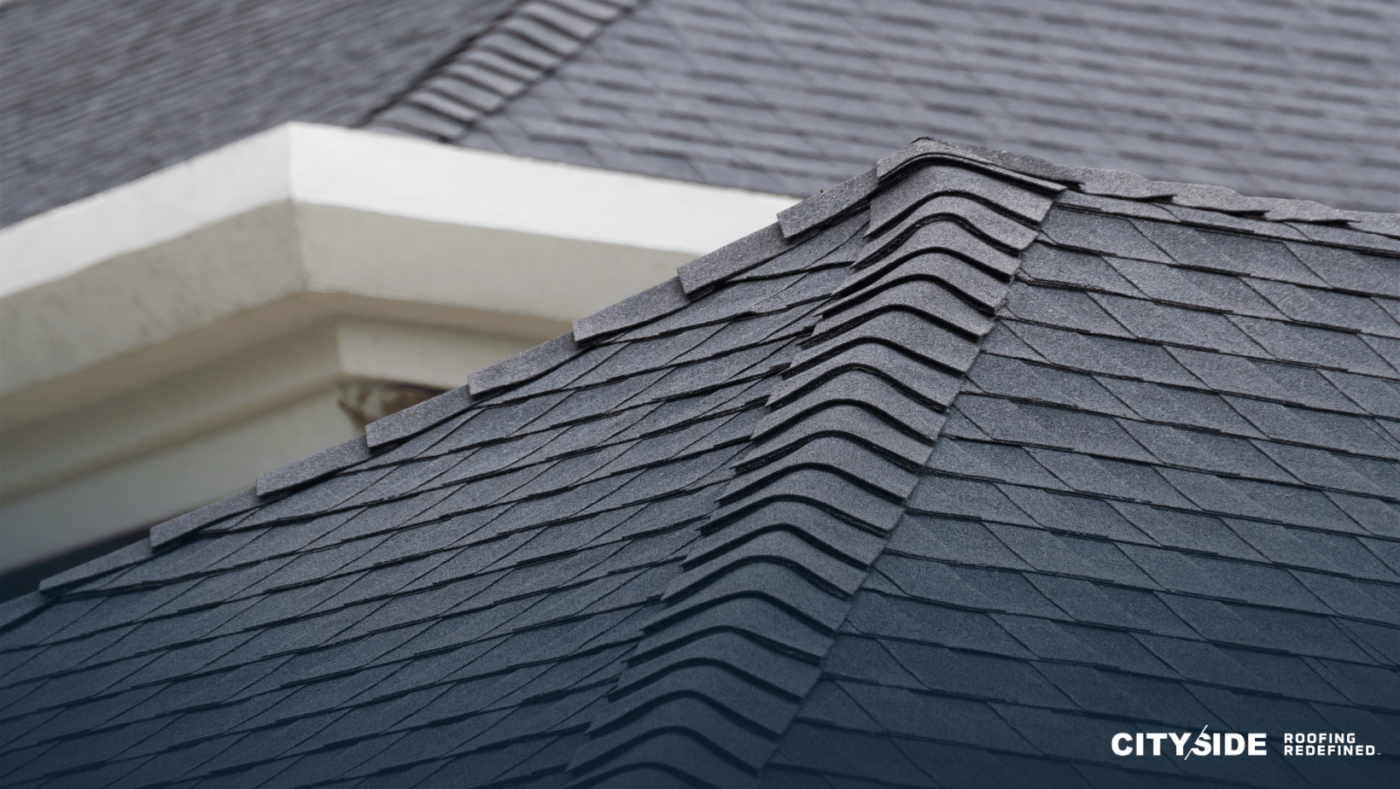
While the benefits of a sustainable roof are clear, many developers face challenges when incorporating sustainable roofing materials into large-scale projects.
- Initial Costs: Options like solar tiles, green roofs, or advanced eco-friendly roofing materials often come with a higher upfront price than traditional asphalt shingles. However, their long lifespan, energy savings, and reduced maintenance usually balance out the expense over time.
- Installation Expertise: Not all roofing contractors have experience with modern roofing technology or eco-friendly roofing practices. Developers may need to work with specialized roofing companies who understand sustainable practices and can ensure correct application of materials like rubber roofing, concrete tiles, or reflective roofing systems.
- Durability Concerns: Some builders worry about whether sustainable roofing materials can match the durable qualities of traditional materials. Fortunately, many modern solutions, such as metal roofs or concrete roofing tiles, have proven to be not only durable and eco-friendly but also long-lasting against Florida’s extreme weather.
Strategies for Overcoming Cost and Durability Barriers
To address these challenges, developers can adopt several effective strategies:
- Lifecycle Cost Analysis: Instead of focusing only on upfront costs, evaluate the roof system based on its full lifespan, energy savings, and reduced need for roof repairs. This perspective highlights the long-term value of sustainable roofing solutions.
- Leverage Incentives: Many local and federal programs provide tax credits or rebates for energy-efficient roofing systems like solar roofing or cool roofs. Factoring in these benefits can make eco-friendly and sustainable solutions more affordable.
- Work With Experts: Partnering with roofing contractors and roofing companies who have experience with innovative roofing solutions ensures that materials are properly installed to meet code requirements and perform as expected.
- Use of Recycled Materials: Incorporating recycled roofing or roofing products made from recycled materials reduces costs, limits reliance on new raw materials, and aligns projects with sustainable practices.
How Modern Roofing Technology Supports Sustainability
Advancements in roofing technology are making it easier than ever for builders to implement eco-friendly roofing at scale.
- Synthetic Roofing Products: Modern synthetic roofing products are being designed with waste materials and recycled materials, offering a durable yet eco-conscious roofing option.
- Reflective Roofing: Innovations in reflective roofing and energy-efficient roofing systems help significantly reduce energy use by reflecting heat and lowering cooling demands in large buildings.
- Innovative Roofing Solutions: The roofing sector continues to evolve, with innovative roofing solutions like solar tiles, advanced roof insulation, and sustainable materials that improve efficiency while reducing environmental impact.
By embracing modern roofing technology, developers can align with sustainable building goals, lower operating costs, and create projects that stand out in today’s competitive market.
Top Eco-Friendly Roofing Materials for Large-Scale Projects
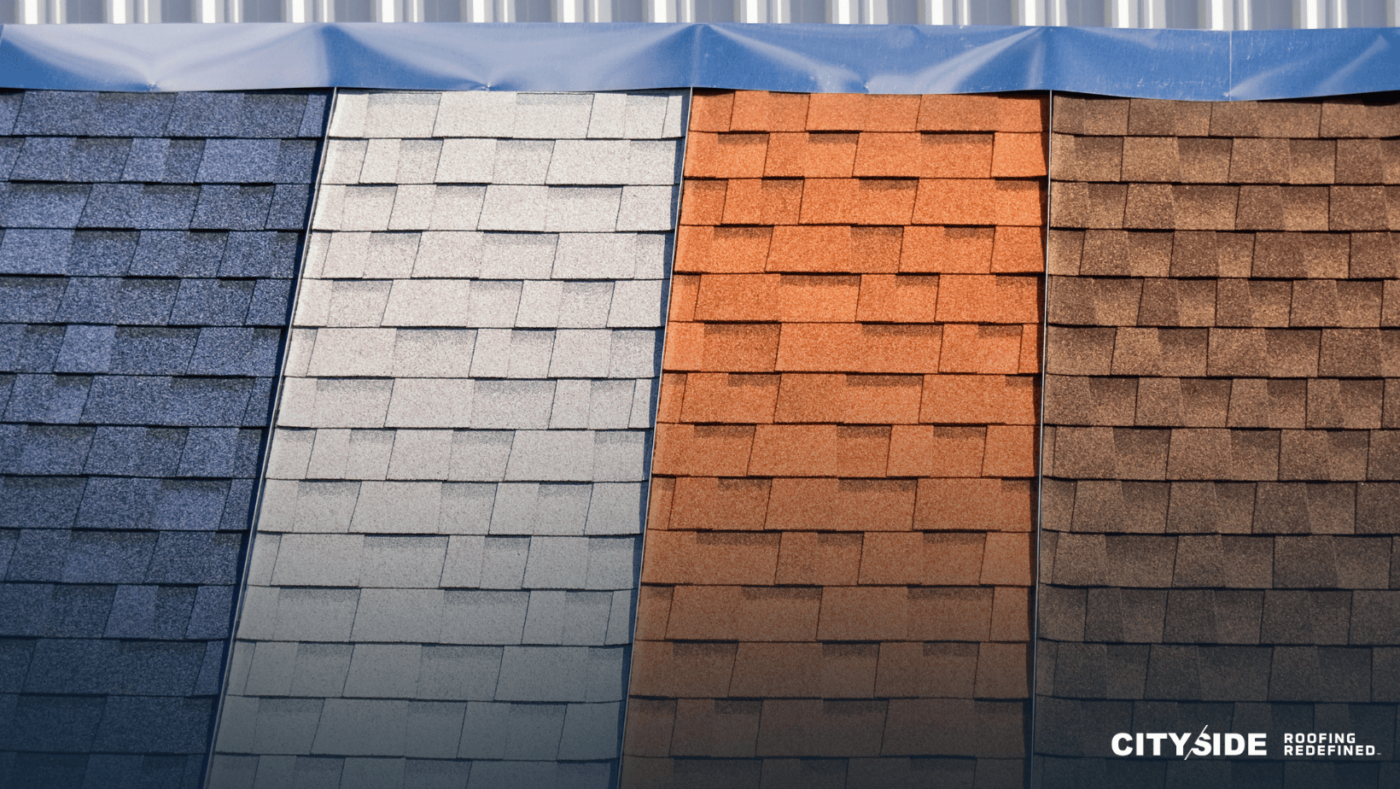
Cool Roofs
Cool roofs are designed with reflective surfaces that minimize heat absorption, helping to combat urban heat and lower building energy consumption. By reflecting sunlight, they reduce the need for air conditioning, cutting energy costs and improving indoor comfort.
- Benefits for large-scale projects: They significantly reduce energy demand across commercial buildings, making them a cost-effective and energy-efficient roofing solution.
- Sustainability impact: Cool roofs contribute to better air quality and reduced carbon footprint while extending the lifespan of the entire roof system.
Metal Roofing
A metal roof is one of the most durable and eco-friendly roofing options available. Made from materials like metal, often with high recycled materials content, it offers long lifespan and minimal maintenance needs.
- Benefits for developers: Metal roofs are lightweight, resistant to extreme weather, and compatible with modern roofing technology such as solar panel integration.
- Environmental impact: Their ability to be recycled at the end of service life makes them a sustainable roof material with very low environmental impact compared to traditional materials.
Recycled Shingles
Using asphalt shingles made from recycled materials provides a sustainable roofing option that reuses renewable materials while still delivering durability. Other types include rubber roofing shingles and wood shake alternatives that incorporate using recycled materials.
- Benefits for large-scale projects: Cost-effective and available in various roof colors and designs, making them attractive for both residential and commercial roofing projects.
- Environmental impact: They help reduce the reliance on new raw materials while giving builders access to durable materials that look like traditional roofing.
Green Roofs
A green roof or living roof incorporates vegetation planted over a waterproof membrane. Beyond visual appeal, green roofs bring measurable environmental and economic benefits.
- Benefits for developers: Green roofs improve insulation, regulate temperature, and extend the lifespan of the roof system by protecting the underlying roofing materials.
- Environmental impact: They reduce stormwater runoff, improve air quality, and help offset a building’s carbon footprint, making them a top choice for sustainable building design.
Solar Roofing
Solar roofing combines the benefits of a roof system with renewable energy generation. Options include solar tiles and panels integrated into modern roofing technology.
- Benefits for large-scale projects: Solar roofs offer energy independence, reduced energy consumption, and long-term savings on energy costs.
- Environmental impact: By lowering reliance on non-renewable energy, solar roofing plays a key role in sustainable solutions and can align with green certifications for commercial roofing.
Clay Roofs
Clay roofs, often built with clay tiles, are among the oldest and most sustainable roof materials, valued for their durability, natural composition, and ability to withstand extreme weather. For large-scale projects in hot climates like Florida, clay tile roofing provides excellent insulation, helping regulate indoor temperatures and reduce energy consumption. Their thermal mass absorbs heat during the day and releases it at night, which improves energy efficiency and lowers cooling demands.
In addition to performance, clay tiles enhance curb appeal with their timeless look and a wide range of natural roof colors. Because they are made from renewable materials and often last over 50 years, clay tile roofs reduce waste compared to traditional roofing material. This makes them a sustainable roofing option for developers who want long-term value, durability, and minimal environmental impact.
Corrugated Roofs
Corrugated roofing has become a popular eco-friendly roofing option for large-scale projects thanks to its lightweight structure, cost-effectiveness, and use of durable materials like recycled steel or aluminum. When made from recycled materials, corrugated roofs significantly reduce the need for new raw materials, supporting sustainable practices in the roofing industry.
Beyond being environmentally friendly, corrugated roofs are designed for longevity and low maintenance. Their rigid design improves water runoff, helping protect the roof system from leaks and extending lifespan even in extreme weather. For developers seeking sustainable roofing solutions that balance affordability with resilience, corrugated roofs are a practical and eco-friendly choice that aligns with modern sustainable building standards.
Building Toward Sustainable Roofing in Florida
Choosing the right roof material for large-scale projects in Florida is not just about aesthetics, it’s about balancing durability, sustainability, and long-term value. From clay tiles and corrugated roofs to metal and recycled roofing options, today’s eco-friendly solutions give builders and homeowners the chance to reduce environmental impact while creating roofs that truly last.
CitySide Roofing understands the challenges of modern homes and large developments in Florida. By combining expertise, quality materials, and a commitment to sustainability, we help ensure every project achieves the perfect roof, one that can withstand Florida’s climate while enhancing curb appeal.
Ready to explore sustainable, eco-friendly roofing options for your Florida home or large-scale project? Contact CitySide Roofing today and let us help you build a roof that lasts
FAQs
- What is the most sustainable roof material for large-scale developments?
The most sustainable option often depends on project goals. Metal roofs and green roofs offer excellent durability and long lifespan, while solar roofing provides energy generation. For developments prioritizing affordability, recycled shingles are a practical eco-friendly roofing option. - How do eco-friendly roofs reduce energy costs?
Options like cool roofs and solar roofing improve energy efficiency by reflecting heat or producing renewable power. This reduces reliance on HVAC systems and lowers energy consumption, which translates into measurable long-term savings on utility bills. - Are eco-friendly roofing materials more expensive than traditional options?
Some sustainable roofing materials, such as green roofs or solar tiles, may have higher upfront costs. However, their durability, reduced maintenance needs, and long lifespan typically offset expenses over time. Additionally, many qualify for incentives and tax credits. - Can eco-friendly roofing be used in commercial projects?
Yes, eco-friendly materials are increasingly popular in commercial roofing. From cool roofs to solar roofing, these sustainable solutions not only lower operational expenses but also support corporate sustainability goals and compliance with green building standards. - How do eco-friendly roofs impact the environment?
By reducing reliance on new raw materials and utilizing recycled materials, these roofs minimize waste materials and lower the building’s carbon footprint. Green roofs also enhance air quality and mitigate urban heat effects.
